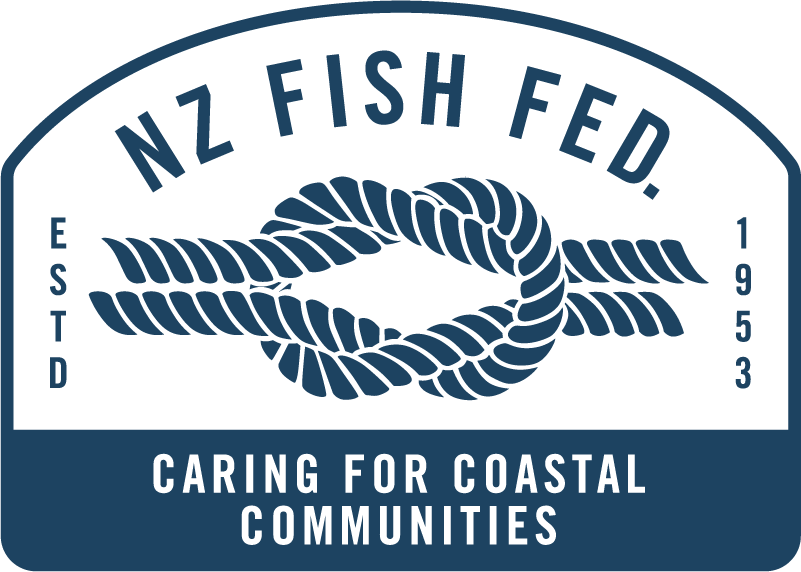This page highlights ongoing gear innovation for non-net fishing.
ScallopLight and ScallopEyes
Developed by: Fishtek Marine
What: In 2020 scientists at Fishtek Marine documented for the first time that scallops could be attracted into static fishing gear using LED lights. The results of these findings were published in a scientific paper which was picked up by the media and featured in news outlets around the world. Following the success of this initial study and the exciting opportunity this new method of fishing presents, Fishteck Marine has undergone a rigorous product development phase with extensive industry testing allowing it to optimize the trap and light designs resulting in the launch of our newest products the ScallopLight and ScallopEye.
Both the ScallopLight and ScallopEye can be retrofitted to old frames or added to new ones allowing you to either boost your current catch with scallops or target only scallops.
Learn more: https://www.fishtekmarine.com/scalloppotting/
Contact: [email protected] or phone +44 (0) 1803 225 253

Potting as an alternative to trawling
Research by: Waikawa Fishing Company, Cawthron Institute, Zebra-tech Ltd and the University of Auckland
What: A research programme (‘Ka Hao te Rangatahi: Revolutionary Potting Technologies and Aquaculture for Scampi’) aimed at improving the cultural and environmental performance of scampi fishing practices, initiated by the Māori-owned Waikawa Fishing Company, and underpinned by Mātauranga Māori and values inherent in kaitiakitanga. The potting technologies developed during this research were based on designs used overseas, using local ecological knowledge and application of mātauranga approaches to modify a design suited to the Aotearoa New Zealand fishery. Research continues to overcome the challenges to potting local scampi and has emphasised the need to understand more about the species.
"While work on scampi continues, the potting method was reconfirmed as a viable harvesting method for the large bottom-dwelling fish ling. Ling, an increasingly valuable commercial species (see case study: Trade limitations hindering the sale of a high value fish by-product), would readily enter pots without need for specific attractants. Ling are high-level predators which means that once they are inside the pots, smaller fish (that would be prey of ling) do not enter the pots, or if they do they are eaten. By using this method for ling, bycatch has reportedly reduced to less than 1% by weight, with no seabird or mammal bycatch. In addition to this there is reportedly little to no seabed damage and a large reduction in fuel use. The design means that the fish caught are not crushed and the lack of bycatch means there is no longer a need to sort through the catch when landed. Further studies to understand the ecosystem impacts of potting for ling instead of trawling would be beneficial.
Waikawa Fishing Company has now converted all ling harvesting to the potting method. This is a success story where an alternative that causes less environmental and ecological harm can be commercially viable."
Read more:

Aotearoa Moana Observing System (AMOS)
Developed by: ZebraTech Ltd
What: Between 2018 and 2023, a nationwide scientific research program called The Moana Project was funded by New Zealand’s Ministry for Business, Innovation, and Employment (MBIE) and administrated by MetService. Part of the project was to gain a better insight into the sea temperatures and marine heatwaves around New Zealand, so we can improve our climate forecasting and knowledge of the changes affecting our nation.
To achieve this, a fully automatic, accurate and robust sensor system was developed by ZebraTech Ltd in Nelson, New Zealand. The sensor (Moana TD) can be easily attached to a wide range of commercial fishing gear, including trawls, long lines, pots, dredges and nets.
Though the Moana Project has ended, AMOS is a registered charitable trust to act as a neutral caretaker for the sensor network, ensure open access and promote data use forpublic good.
Pulic AMOS data is available at: http://131.203.52.77:6443/thredds/catalog/moana/Mangopare/public/catalog.html
Learn more: https://amos.org.nz/
Contact: [email protected] or phone/text 027 245 8515

